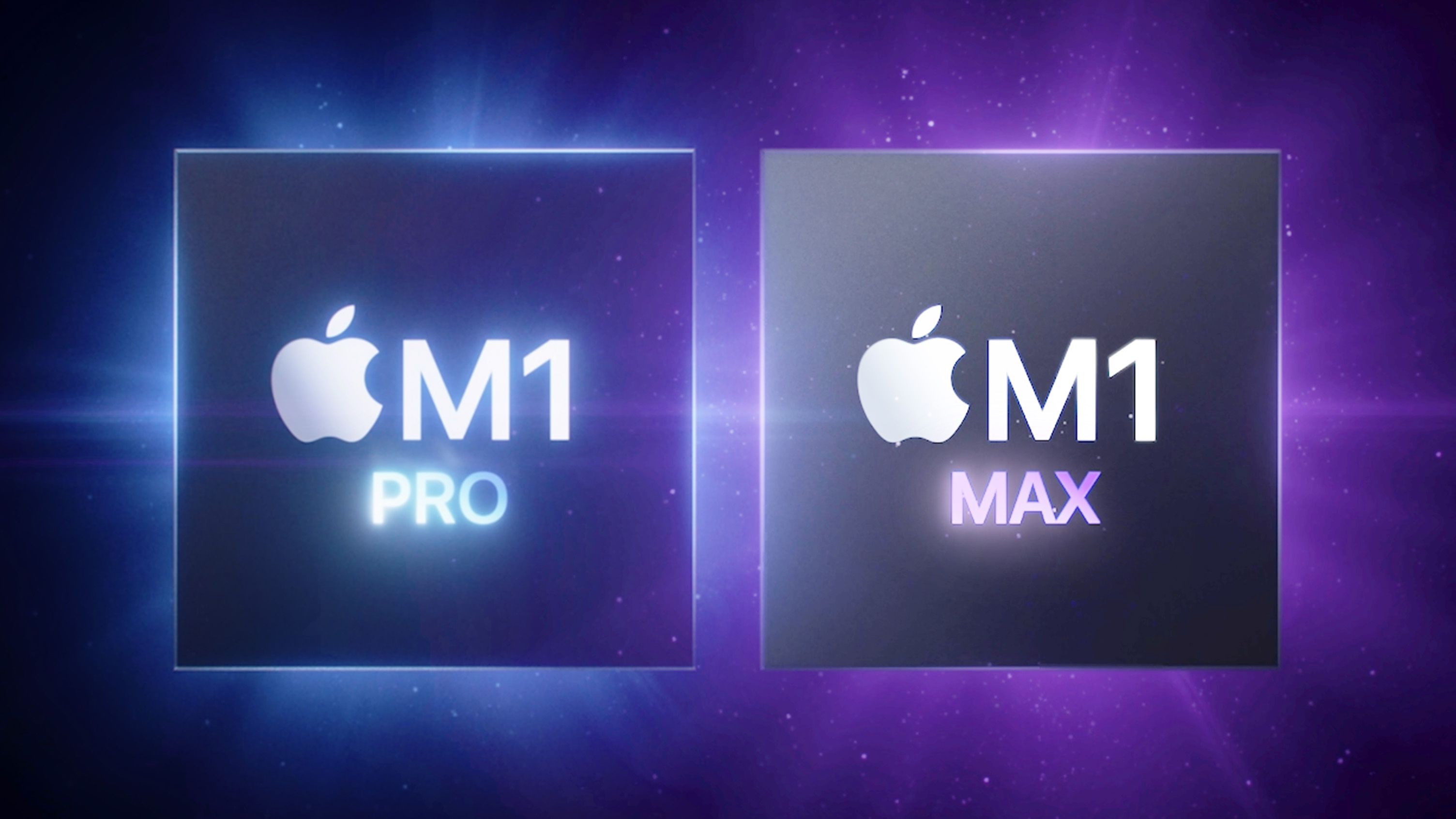They won't upgrade to LPDDR5X mainly because they use Micron's memory.I have been thinking about this and I have come around to agree with your forecast. M3 Pro will likely increase the memory bus 50% to 384 bits. Likewise, M3 Max will have 768 and Ultra 1536. If they upgrade to LPDDR5X then there will also be an 33% increase in speed to 8533 Mbps. So, M3 Pro bandwidth will be 400 MBps, M3 Max will be 800 MBps and M3 Ultra will be 1600 MBps. It is going be difficult to physically fit an extra device into the SiP without making the SiP larger.
What source are you referring to?

Future Apple Silicon Macs Will Reportedly Use 3nm Chips With Up to 40 Cores
The Information's Wayne Ma today shared alleged details about future Apple silicon chips that will succeed the first-generation M1, M1 Pro, and...
this source.



